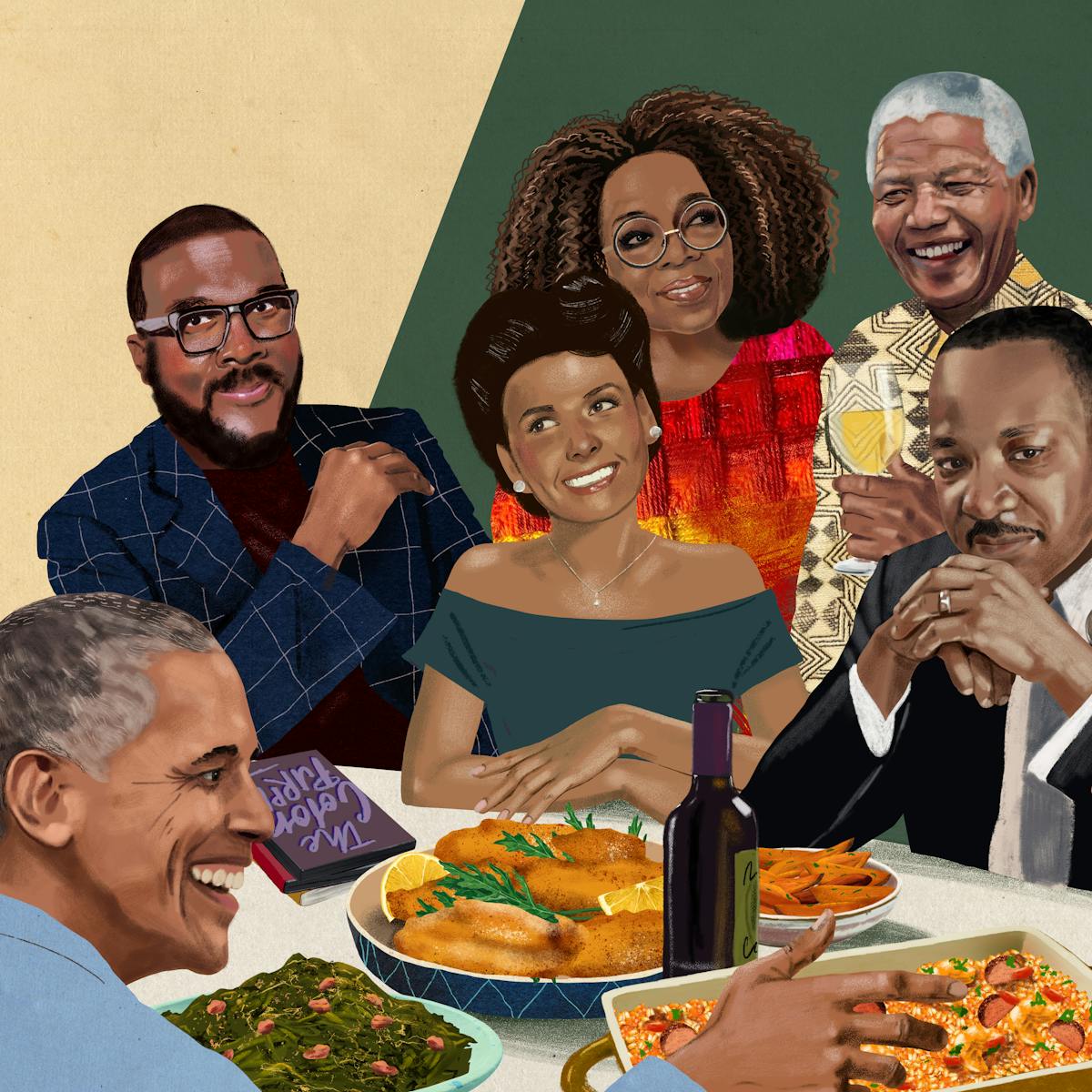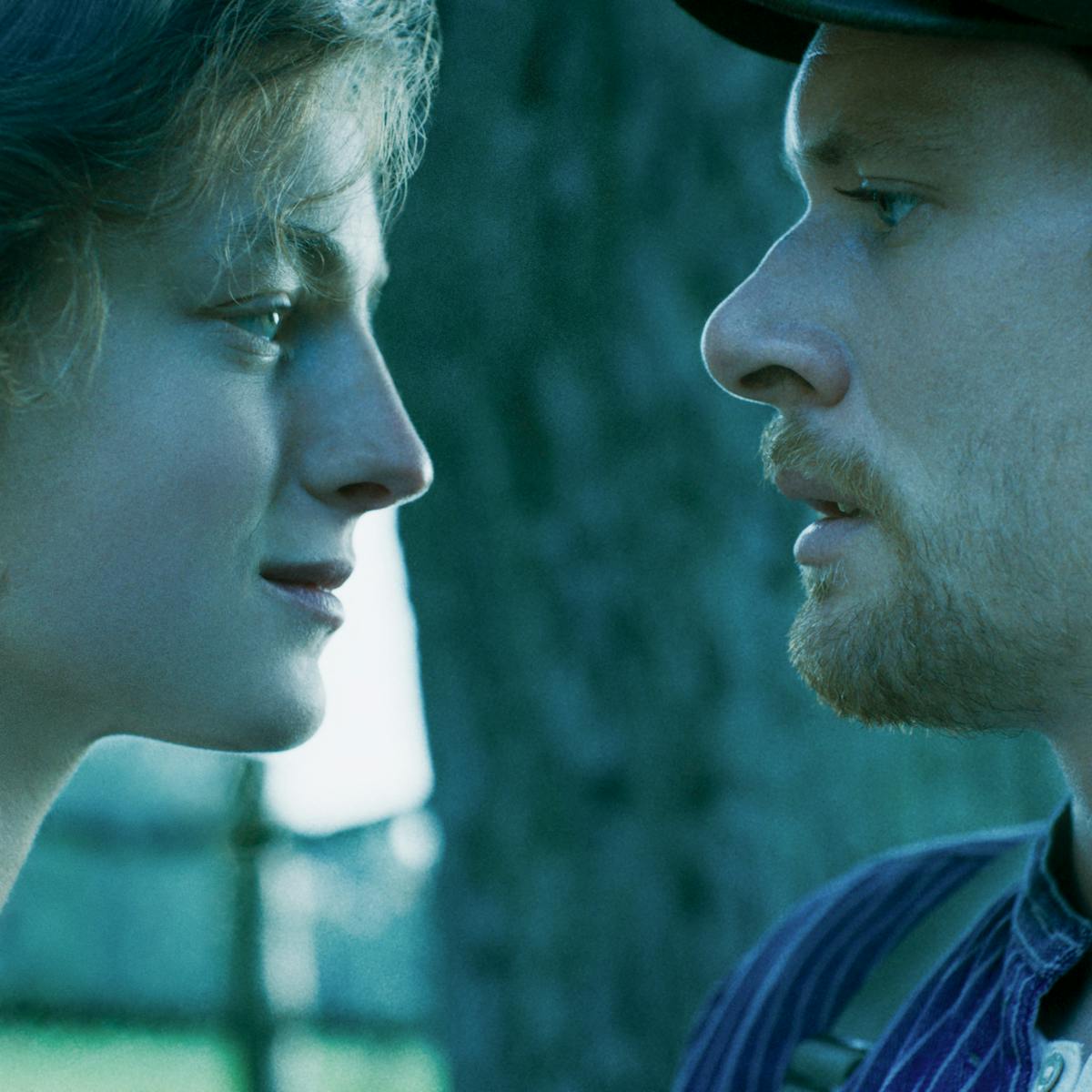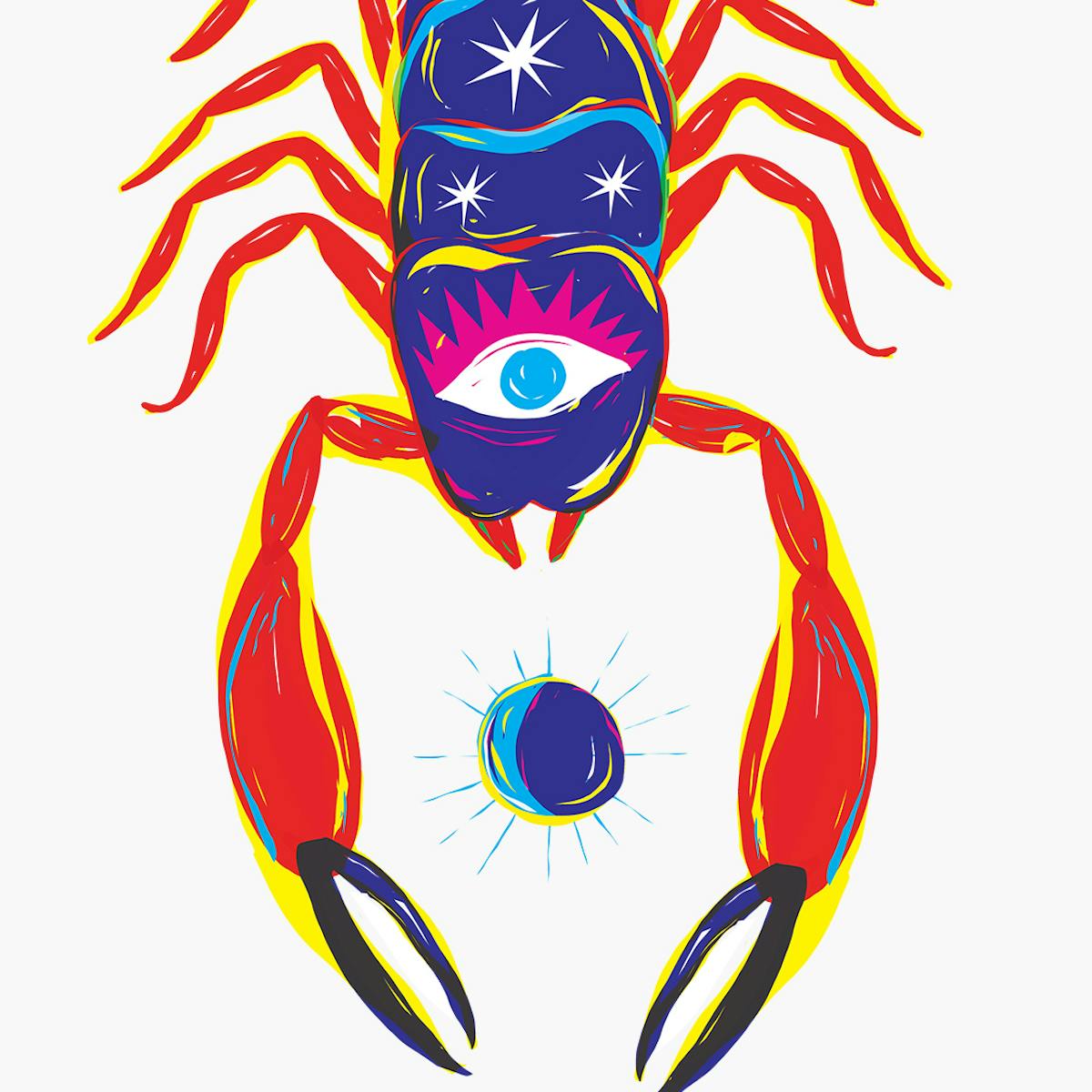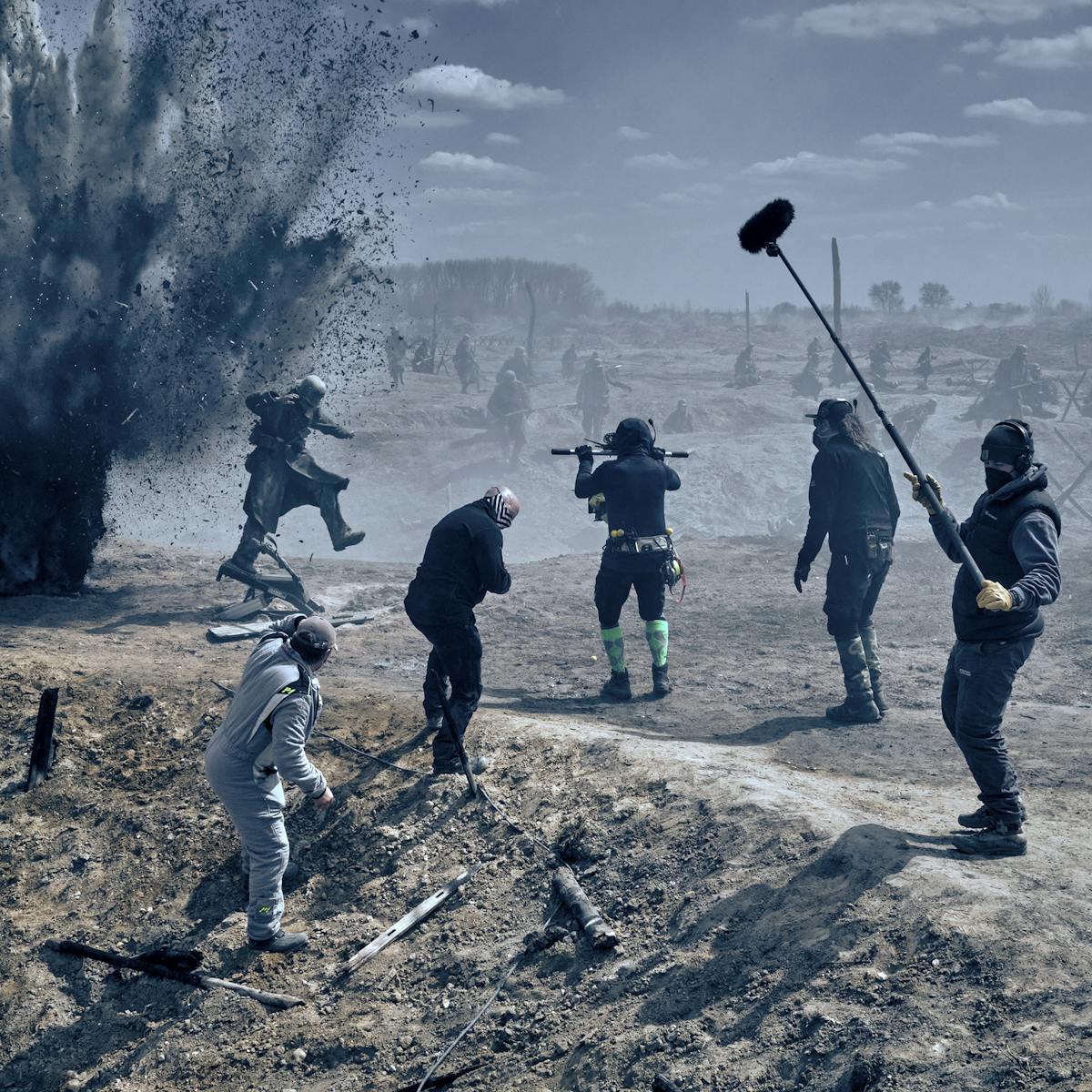Belascoarán, Paco Ignacio Taibo II’s famous detective, turns back the clock to 1970s Mexico.
His sleuthing adventures are read around the world, from Ukraine to Japan, broadcast on the airwaves as soap operas in Germany and Switzerland, and he counts Fidel Castro and Bill Clinton among his most famous fans. He’s even graced the silver screen, played first by Pedro Armendáriz Jr. in the 1980s, and later by Sergio Goyri in the 1990s.
He’s Héctor Belascoarán Shayne, the most chilango (a term that the inhabitants of Mexico City use to describe themselves) detective of Mexican crime novels, and he’s making his Netflix debut in a three-part miniseries, with Luis Gerardo Méndez playing the mythical urban investigator.
Based on the novels by Paco Ignacio Taibo II, first published in 1976, Belascoarán is imagined by his author as a rootless antihero. The son of a Basque navy captain and an Irish folk singer (hence his peculiar surnames), Belascoarán finds himself trapped in an unfulfilling corporate job and marriage. When his supervisor asks him to fire some workers attempting to unionize, Belascoarán quits, exchanging fine suits, good paychecks, and his boring marriage for a leather jacket, a revolver (which he doesn’t know how to use very well), and a smelly downtown office he shares with a plumber (played by Silverio Palacios) who soon becomes his Dr. Watson of sorts.

Belascoarán (Luis Gerardo Méndez)
But Taibo II considers comparisons between Belascoarán and other famous detectives inaccurate. “Sherlock Holmes would not last a minute in Mexico City; Hercule Poirot would end up beaten when he set foot in the Agricola Oriental neighborhood,” says the writer. The cases Belascoarán faces — a serial strangler, a murdered businessman, a massacre of protestors — are, in Taibo II’s words, “the representation of the fears of a repressed society.” “The crime novel,” Taibo explains, “has the virtue of unraveling the labyrinths that articulate the crime of the State, the abuse of power, the daily delinquency.”
All this takes place in a Mexico City that exists in a permanent state of bloody crimes. Fortunately, Belascoarán masters the unwritten codes of the Mexican capital. A character like him is inconceivable in another era or city. This is a detective who is rarely in his office, on the contrary, he walks the streets, investigates, and lives in Mexico City with intensity. The city is more than scenery here, it is a character in itself: dangerous, dirty, and benevolent at the same time. “If the typical American detective walks through the haze of New York, Belascoarán also walks through the steam, but of the big tamale pots and taco stands in the streets,” says the showrunner of the series, Rodrigo Santos.
With vast experience as a producer, director, and screenwriter (Historia de un Crimen: Colosio [Crime Diaries: The Candidate], Diablo Guardián), Santos confesses that at the beginning the team considered bringing Belascoarán to the present day, but the idea was immediately discarded. “I was born in ’76, so it was very attractive for me to pay homage to the city that was, to relive images, objects, even smells.”
Indeed, the three chapters that make up the first season of Belascoarán are a true journey through time. The attention to detail is overwhelming: The stores, the streets, the telephone booths, the cars, and even the newsstands are stacked with magazines of the period. “Our intention was never to have gigantic shots like in Roma, but to breathe the city and bring to life the memories we have of it,” mentions Santos. “We were very ambitious and all the departments were enthusiastic about the idea of recreating the era down to the smallest details, always intending to give the city its right dimension.”

As a result, the series is not set in the comfort of a studio, thereby increasing the complexity of the production. “It was necessary to find suitable spaces to shoot both physically and digitally. We even negotiated with the neighbors, who collaborated enthusiastically in the filming,” says Ernesto Contreras, who directs the first episode of the series, “Días de Combate.”
An expert in finding hidden corners of Mexico City, Contreras often includes spaces in his films that, under his lens, become enigmatic, as in his debut feature, Párpados Azules (Blue Eyelids), filmed entirely on location in Mexico City, or in his most recent film (nominated for the Ariel Award for Best Picture), Cosas Imposibles, shot in the iconic Infonavit Iztacalco housing unit.
“We were fortunate to have weeks of pre-production, which is unusual,” says Contreras of Belascoarán. “That allowed us to squeeze the city, to go through it exhaustively in search of ideal places to film, removing all elements that did not correspond to the period.”
“We thought the city would be full of hideaways that still felt like the 1970s,” agree Santos and Contreras, “but that’s not the case; the capital has been transformed a lot.” Once the period had been accurately recreated, there remained another enigma to be solved: Who was the right person to play Belascoarán Shayne? “Many options were discussed, but once the idea of Luis Gerardo came up, it all came very naturally,” says Santos.
A native of Aguascalientes City, Luis Gerardo Méndez rose to fame with the hit film Nosotros los Nobles (We Are the Nobles), where he played the wealthy and unmotivated Javi Noble. Because of the character’s meme-inspiring popularity, one might think the role would be hard to shake. Which is what makes Méndez’s work in Belascoarán so surprising; he transforms both himself and the detective into an absolutely new character, far from the darkness that Armendáriz Jr. played him with, and maintaining a healthy balance between drama and comedy.

Belascoarán (Luis Gerardo Méndez)
“I hadn’t read Paco Ignacio’s novels,” confesses Méndez. “Thanks to that I was able to approach the character in a more relaxed way. Otherwise, I would have entered the project with more fear. After all, we are talking about a very beloved and popular character in Mexico.”
Gonzalo Amat, director of the third episode of the series and well-known in Hollywood as a cinematographer (Fargo, The Man in the High Castle), highlights the importance of Méndez’s work: “More than an actor, he is a storyteller. The hardest thing to achieve while you’re doing television is the tone, and Luis Gerardo provided the right tone for our show.”
Belascoarán’s character has a very interesting complexity: Not only does he project a form of masculinity progressive for his time, but he is also in eternal combat against social injustice. Our detective knows that “there will be no happy ending,” but he will not stop doing the right thing. More than a Sherlock, Belascoarán is a Quixote, complete with his very own Dulcinea, played by Paulina Gaitán (Narcos, Diablo Guardián), whose own quest for justice and dark past brings the pair together.
“She is a warrior, an actress who is always ready to deliver whatever the story needs,” says Amat of Gaitán. “For her character — the inevitable femme fatale — I wanted to give her authority and a lot of freedom. That’s who Paulina is,” explains Santos, who had previously worked with Gaitán on Diablo Guardián.
While Belascoarán’s seventies nostalgia is undeniably seductive, do his adventures remain relevant to a contemporary audience? “Belascoarán is relevant because he is a guy who explodes against indifference,” concludes Santos. Though he seems the least suited to do the job, his passion for truth makes him the ideal man to confront the corruption that overwhelms the entire country. “He’s a chilango with balls,” Santos finishes. We couldn’t agree more.




